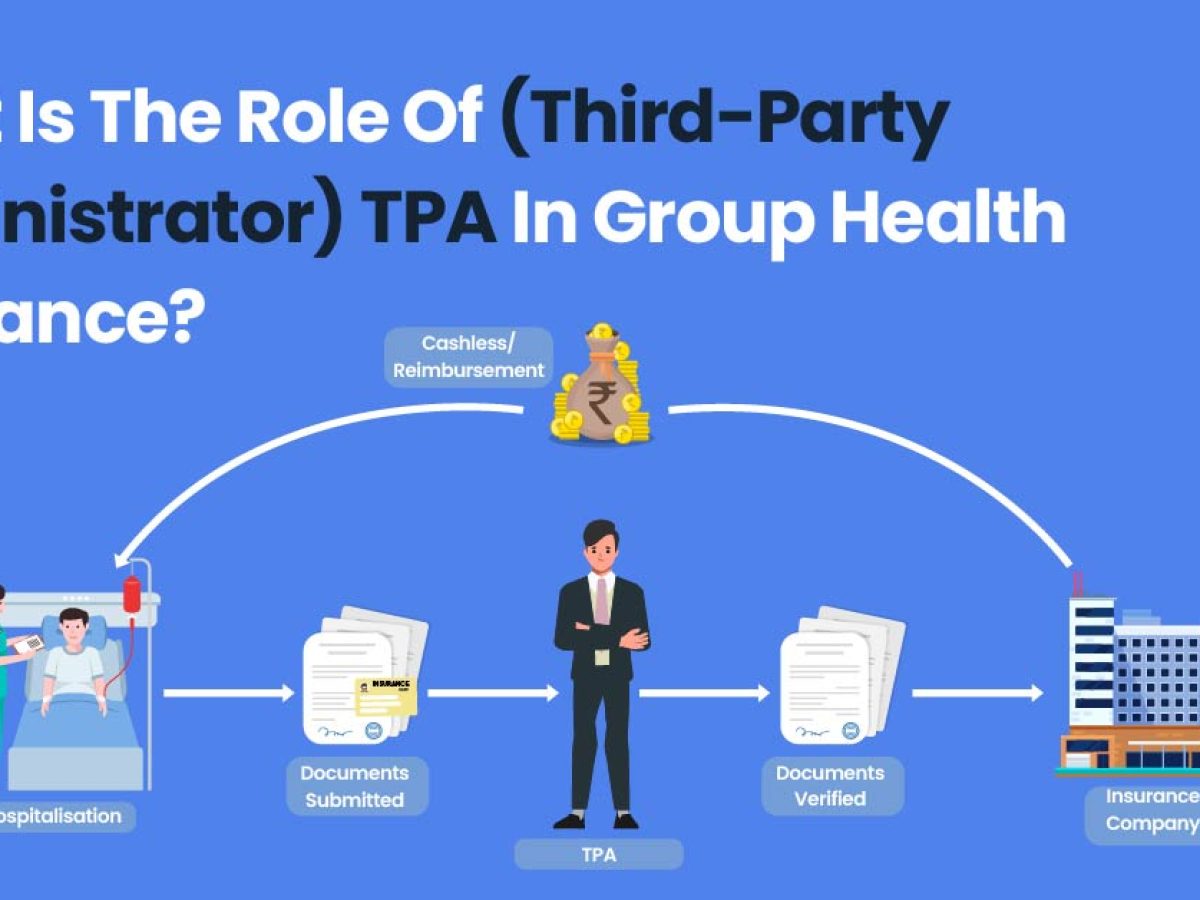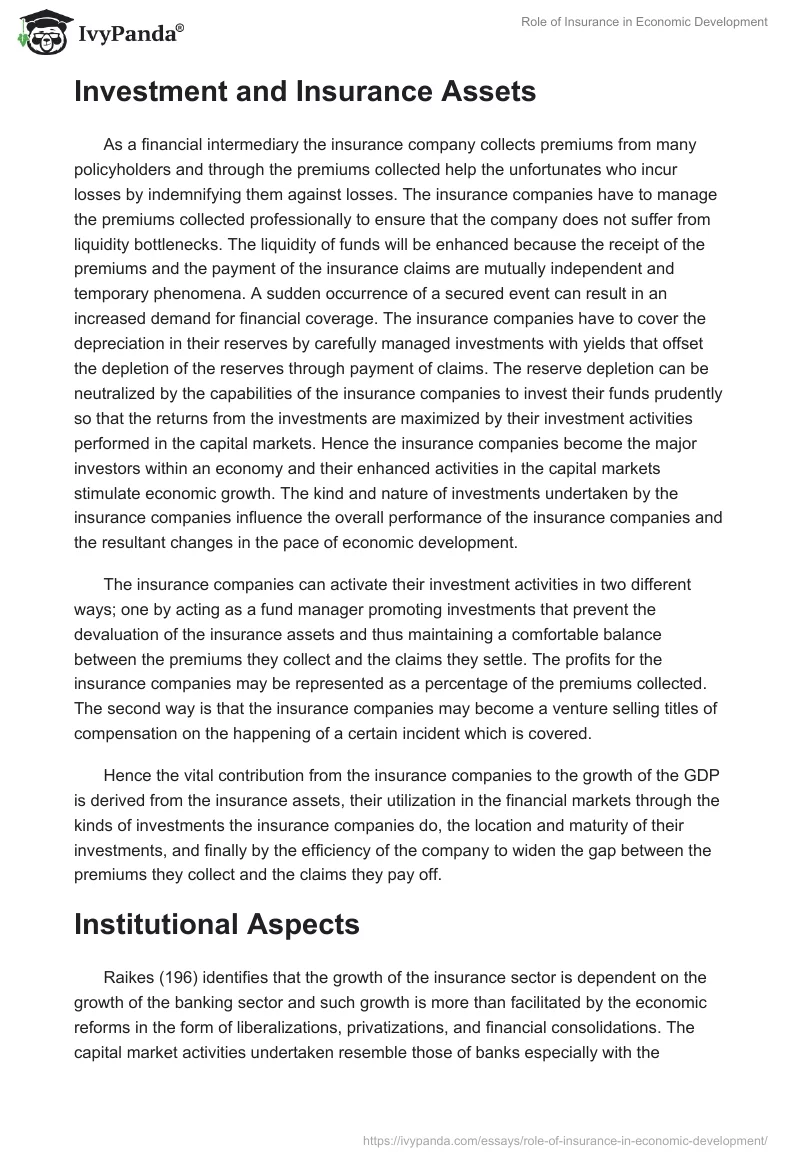See This Report about Pacific Prime
See This Report about Pacific Prime
Blog Article
Some Ideas on Pacific Prime You Need To Know
Table of ContentsNot known Factual Statements About Pacific Prime Not known Incorrect Statements About Pacific Prime Excitement About Pacific PrimePacific Prime Fundamentals ExplainedA Biased View of Pacific Prime

This is because the data were accumulated for a period of strong financial performance. Of the approximated 42 million individuals who were uninsured, all however concerning 420,000 (about 1 percent) were under 65 years of age, the age at which most Americans end up being qualified for Medicare; 32 million were grownups between ages 18 and 65, about 19 percent of all grownups in this age group; and 10 million were kids under 18 years old, concerning 13.9 percent of all kids (Mills, 2000).
These price quotes of the number of persons uninsured are created from the yearly March Supplement to the Current Population Study (CPS), conducted by the Demographics Bureau. Unless otherwise noted, national quotes of individuals without medical insurance and percentages of the populace with different type of coverage are based on the CPS, the most commonly made use of resource of price quotes of insurance policy coverage and uninsurance rates.
The Buzz on Pacific Prime

Still, the CPS is specifically helpful because it generates annual estimates reasonably promptly, reporting the previous year's insurance policy protection approximates each September, and since it is the basis for a consistent collection of quotes for more than two decades, enabling analysis of fads in insurance coverage gradually. For these reasons, along with the considerable usage of the CPS in various other researches of insurance protection that are provided in this record, we count on CPS estimates, with constraints noted.

The price quote of the number of without insurance people broadens when a population's insurance coverage status is tracked for a number of years. Over a three-year duration beginning early in 1993, 72 million people, 29 percent of the united state population, were without insurance coverage for at the very least one month. Within a solitary year (1994 ), 53 million people experienced a minimum of a month without protection (Bennefield, 1998a)
Six out of every ten without insurance adults are themselves used. Functioning does improve the likelihood that one and one's family members will have insurance coverage, click here for more info it is not a guarantee. Even members of families with two permanent breadwinner have virtually a one-in-ten possibility of being without insurance (9.1 percent uninsured price) (Hoffman and Pohl, 2000).
The Only Guide for Pacific Prime
New immigrants account for a significant proportion of people without medical insurance. One evaluation has actually attributed a substantial part of the recent development in the dimension of the united state uninsured population to immigrants who showed up in the country between 1994 and 1998 (Camarota and Edwards, 2000). Current immigrants (those that came to the United States within the past four years) do have a high rate of being uninsured (46 percent), however they and their kids account for simply 6 percent of those without insurance coverage across the country (Holahan et al., 2001).
The partnership in between wellness insurance and access to care is well established, as documented later in this phase. The connection between health insurance policy and wellness results is neither direct neither basic, a comprehensive professional and health solutions research study literature links wellness insurance coverage to enhanced accessibility to care, far better high quality, and improved individual and population health standing.
Levels of evaluation for examining the effects of uninsurance. This conversation of medical insurance protection focuses primarily on the united state population under age 65 due to the fact that basically all Americans 65 and older have Medicare or various other public protection. It concentrates specifically on those without any health insurance coverage for any length of time.
Our Pacific Prime Diaries
The issues encountered by the underinsured are in some respects comparable to those encountered by the uninsured, although they are usually much less extreme. international health insurance. Uninsurance and underinsurance, nonetheless, include clearly different plan concerns, and the strategies for addressing them may vary. Throughout this research study and the five reports to follow, the major focus gets on individuals with no medical insurance and hence no aid in paying for health and wellness care beyond what is available via charity and safeguard institutions
Health insurance policy is an effective element affecting receipt of care because both clients and doctors react to the out-of-pocket price of solutions - https://allmyfaves.com/pacificpr1me?tab=pacificpr1me. Health and wellness insurance coverage, nevertheless, is neither essential neither sufficient to get to clinical solutions. Nevertheless, the independent and straight impact of medical insurance protection on accessibility to wellness services is well developed.
Others will get the wellness care they require even without medical insurance, by paying for it expense or seeking it from suppliers who supply care free or at extremely subsidized prices. For still others, medical insurance alone does not guarantee invoice of care due to the fact that of other nonfinancial obstacles, such as an absence of health treatment companies in their area, restricted accessibility to transport, illiteracy, or linguistic and social differences.
The Definitive Guide to Pacific Prime
Formal research study regarding without insurance populaces in the USA dates to the late 1920s and early 1930s when the Board on the Price of Healthcare generated a collection of records regarding funding medical professional office check outs and hospital stays. This concern ended up being significant as the varieties of clinically indigent climbed up during the Great Depression.
Report this page